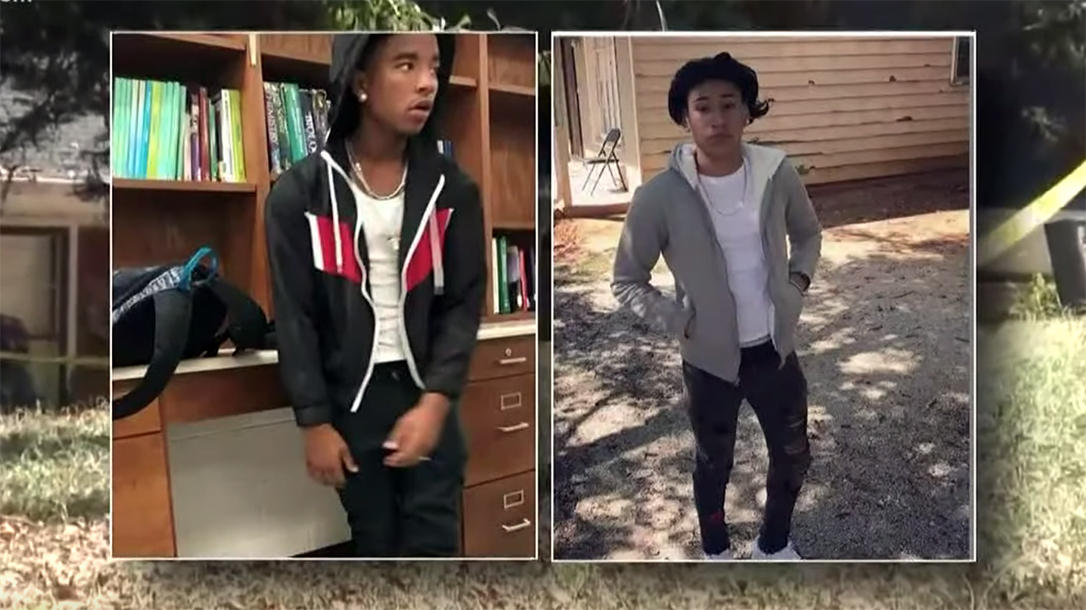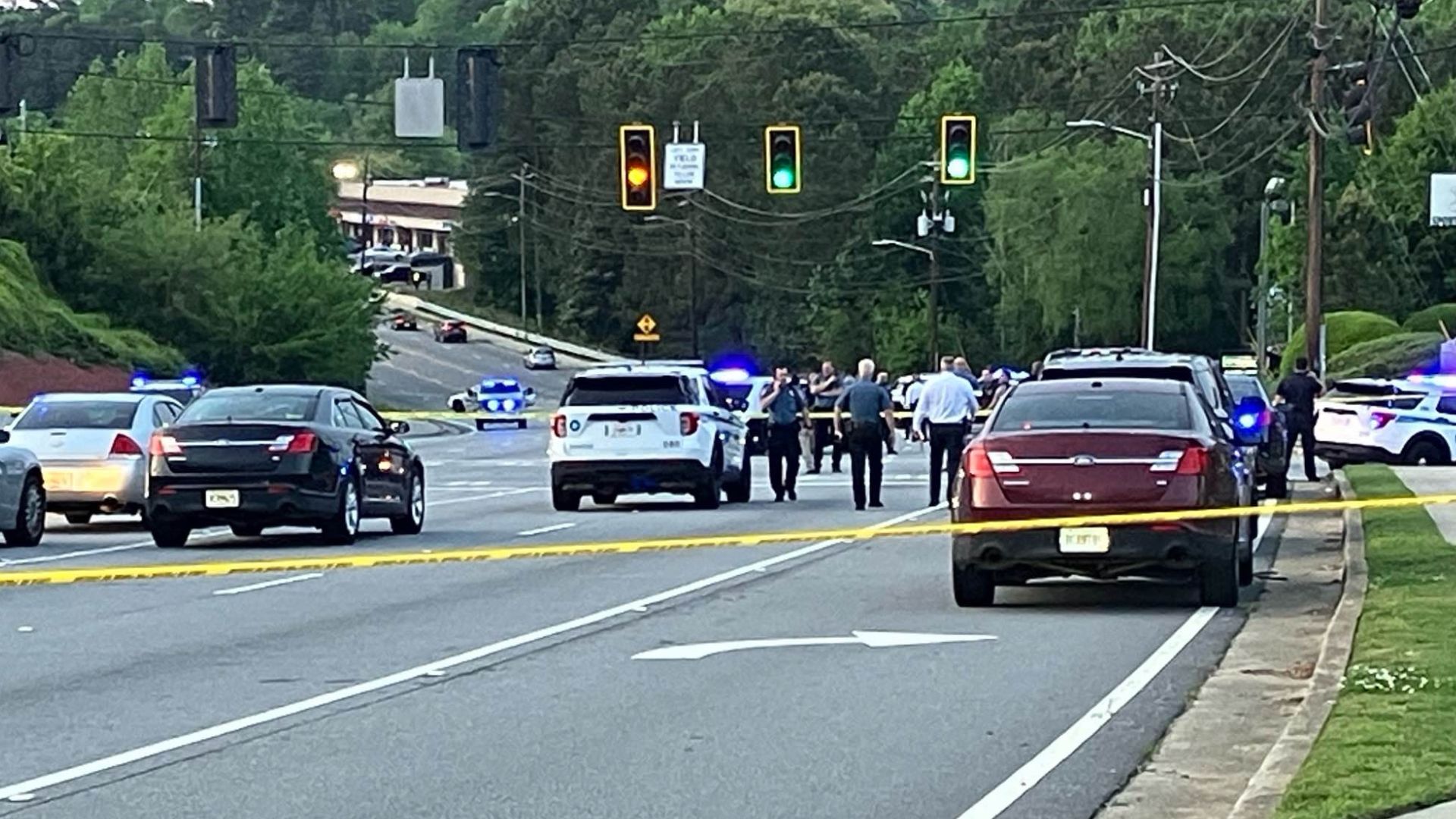A quiet Georgia neighborhood was unsettled in the early hours of the morning when an attempted robbery escalated into a shooting. What began as an alleged confrontation between residents and three masked teenagers ended with lives lost, legal questions raised, and a community searching for answers. The case has since become a focal point for debates about youth crime, gun laws, and the boundaries of self-defense.
The Incident in Rockdale County

Authorities reported that the events unfolded around 4 a.m. near Conyers, Georgia. According to the Rockdale County Sheriff’s Office, three masked teenagers approached a group of residents standing in front of a home. Investigators said that one of the teens displayed a firearm, which led a resident to fire in response.
When the exchange of shots ended, the three suspects — aged 15 and 16 — were struck. One teen was pronounced dead at the scene, while two others were taken to a local hospital, where officials later confirmed their deaths. None of the residents were injured.
Law enforcement continues to investigate the sequence of events, including who fired first, while reviewing whether the homeowner’s actions fall under Georgia’s self-defense laws.
Community Reactions

For people living in Rockdale County, the news was both shocking and unsettling. Neighbors described being startled awake by the sound of shots and expressed concern for the safety of families in the area.
On social media, the case quickly spread and sparked debate. Some praised the resident’s decision to act, seeing it as a defense of home and family. Others lamented the fact that three teenagers had died and emphasized the importance of prevention and community support.
This division reflects the broader national debate: where should the line be drawn between protecting one’s household and addressing the social factors that lead young people toward high-risk behavior?
Georgia’s Self-Defense and Stand-Your-Ground Laws

Central to the legal review is Georgia’s framework for self-defense. Under state law, individuals may use deadly force if they reasonably believe it is necessary to prevent death, serious bodily harm, or the commission of a forcible felony such as armed robbery.
Georgia also has a stand-your-ground provision. Unlike states that require retreat when possible, Georgia law allows individuals who are lawfully present in a location to defend themselves without stepping back. Sheriff Eric Levett acknowledged this factor in his public comments, noting that it is one of the key considerations in the ongoing investigation.
Whether prosecutors ultimately view the homeowner’s actions as justified will depend on the evidence collected and the interpretation of these legal principles.
The Age of the Suspects
Perhaps the most difficult detail for the community has been the age of those involved. At just 15 and 16 years old, the suspects were still in their teenage years. Their deaths have prompted conversations about the circumstances that could lead such young people to attempt a robbery in the early morning hours.
Local leaders and educators point to several recurring themes in cases involving youth crime:
-
Peer influence: Teenagers often make choices in groups that they would avoid individually.
-
Economic pressures: Poverty and lack of opportunities can push young people toward risky behavior.
-
Access to firearms: The availability of guns increases the potential for confrontations to escalate quickly.
-
Adolescent decision-making: Young people are more likely to misjudge risks and act impulsively.
These elements, taken together, highlight the need for early intervention, youth programs, and stronger family and community support.
Eyewitness Accounts
Residents in the area described the situation as chaotic and frightening. Some reported hearing multiple shots in quick succession, while others recalled shouts and confusion in the dark.
Although details varied, the accounts reinforced how quickly the confrontation escalated and how disruptive it was for families nearby. For many, the memory of that night continues to affect their sense of security at home.
Firearms in American Households

The Rockdale County case has reignited the national discussion about the role of firearms in American society. Supporters of gun ownership argue that the homeowner’s ability to act with a weapon prevented greater harm to the residents. They see the case as evidence of why the Second Amendment remains essential for personal protection.
Critics, however, stress that widespread gun availability makes it more likely that encounters will end with deaths instead of peaceful resolutions. They argue that tragedies like this highlight the need for policies that reduce access to firearms, particularly among young people.
Both sides agree that the presence of weapons changes the dynamics of a conflict, but the debate over whether that makes communities safer or less secure remains unresolved.
The Legal Process Moving Forward
The Rockdale County Sheriff’s Office continues to gather evidence, review surveillance footage, and conduct interviews. Once their investigation is complete, the case will be turned over to the district attorney. Prosecutors will then decide whether charges should be filed or whether the homeowner acted lawfully under Georgia’s statutes.
Key factors that investigators will weigh include:
-
Whether the resident reasonably believed there was an imminent threat.
-
Who initiated the exchange of shots.
-
Whether the response was proportionate to the situation.
The legal outcome will likely influence how future cases of self-defense are evaluated in Georgia and beyond.
The Broader Social Conversation
Beyond the courtroom, the incident has become part of a wider dialogue about youth, violence, and responsibility. Several questions continue to resonate:
-
How can communities better support teenagers to prevent risky behavior?
-
What role do schools, churches, and local organizations play in youth development?
-
Should access to firearms be more tightly controlled to prevent similar outcomes?
-
How can families be encouraged and empowered to supervise and guide children more effectively?
These questions are complex and do not have simple answers. Still, they show that the Rockdale County case is about more than just a single night — it reflects larger challenges facing communities nationwide.
Remembering the Human Cost

While the headlines focus on legal questions and public debate, it is important to remember the human dimension. Three families are dealing with the loss of young lives, while the homeowner and neighbors continue to cope with the stress of what happened.
For the broader community, the case serves as a reminder that decisions made in seconds can reshape lives for years to come. The pain is real, and so is the responsibility to learn from what occurred.
Lessons for the Future
Several lessons emerge from the Rockdale County case:
-
Prevention is critical: Stronger youth programs, educational initiatives, and community support systems may help reduce the likelihood of young people turning to crime.
-
Clarity in law matters: Residents should understand their rights and obligations under self-defense laws, while lawmakers must ensure these laws are clear and consistently applied.
-
Empathy should guide debate: Conversations about guns, youth crime, and safety should not overlook the human cost. Recognizing the experiences of families, neighbors, and survivors helps ground the discussion in compassion rather than polarization.
By focusing on these lessons, communities can move toward solutions that reduce risks, strengthen accountability, and foster safer environments.
Conclusion
The attempted robbery in Rockdale County was more than a local crime report. It was an event that highlighted deep social issues: the vulnerability of youth, the weight of self-defense laws, and the role of firearms in American households.
As investigators complete their work and prosecutors make their decisions, the case will continue to shape conversations about safety and responsibility. For now, Rockdale County and communities across the nation are left reflecting on the difficult balance between protection, prevention, and the value of human life.

